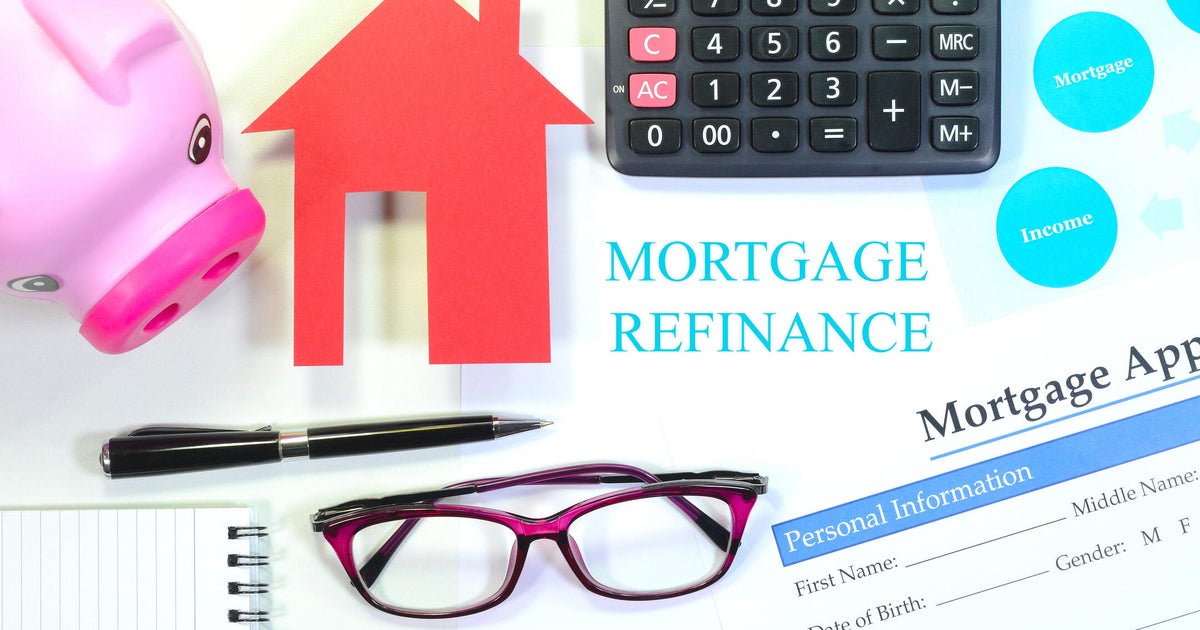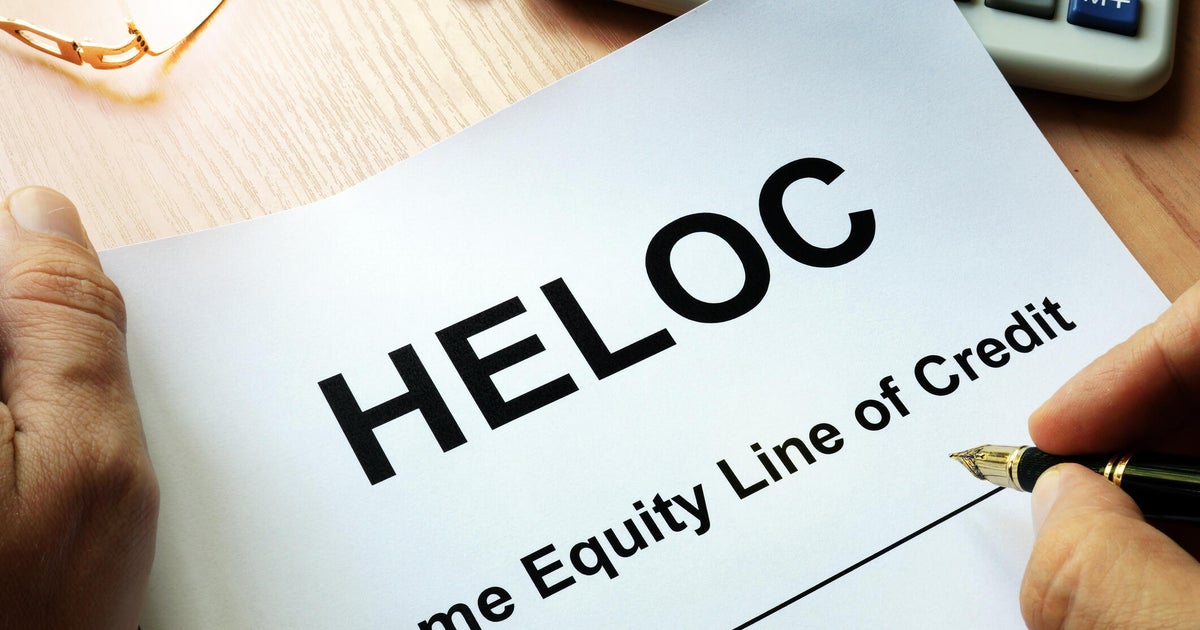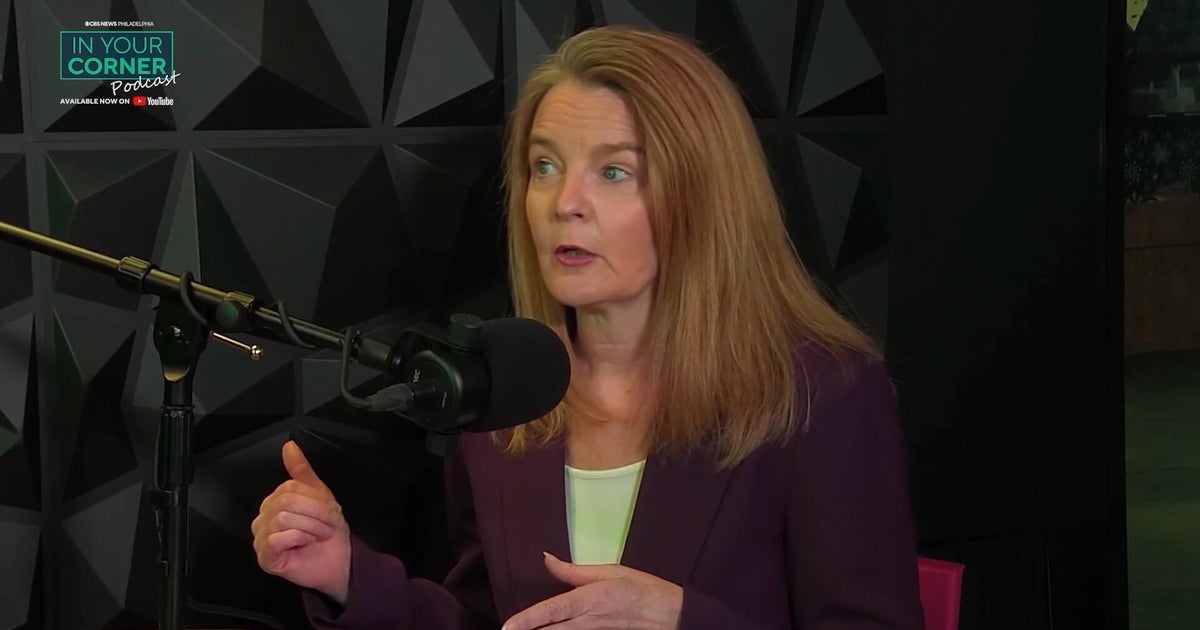How do you refinance your mortgage?
Many homeowners eventually refinance their mortgages. When you refinance you essentially get a new loan, ideally one with more favorable terms, use it to pay off the old one and voila — you've refinanced!
Homeowners often refinance to lower their interest rate, reduce their monthly payment or take cash out of their home (this one's called a cash-out refinance). Some also refinance to get rid of private mortgage insurance (PMI) or switch from an adjustable-rate mortgage to a fixed-rate one.
Whatever the reason, the process is largely the same. Below we will take a closer look at how mortgage refinancing works from start to finish.
If you're considering refinancing your mortgage then start by answering a few quick questions here to determine your potential interest rate.
How do you refinance your mortgage?
Before taking the plunge into a mortgage refinance, you should first understand the process. Here's how it works.
1. Check your credit
You should have a full picture of your credit history and current status before applying for a loan. It plays a big role in both your ability to qualify and the interest rate you're quoted.
For the best mortgage rates, you'll want a credit score of 740 or higher. If yours isn't quite there, you can likely still qualify (some home loans allow down to 500), but just keep in mind: You might not get the lowest advertised rates.
To improve your chances of getting a better mortgage refinance rate, reduce some of your debts, get current on any late bills or payments or ask for a credit line increase — but don't use it.
Need to improve your credit score? Not sure what your score even is? You can get an Experian credit report and FICO score by clicking here now.
2. Set a goal
Determine the reason for your mortgage refinance. Are you hoping to lower your rate or monthly payment? Do you need cash to pay for repairs or renovations? Would you like to get rid of private mortgage insurance or switch to a fixed-rate loan? You'll need to know this before you can apply with a lender. It will also factor into what type of loan you need, as well as its term and other factors.
3. Apply with (and compare) a few lenders
Next, pick at least three mortgage lenders and apply for a mortgage refinance loan with each. When choosing who to apply with, try to vary your options, including a bank or credit union, an online lender and a big-name mortgage company. Once you apply, you'll need to provide some information about your finances, as well as send over documentation like tax returns, W-2s, bank statements and more.
Within a few days (sometimes even hours), you should receive a loan estimate from each company you applied with. These forms break down the loan offer's interest rate, fees, closing costs and other details, and you can use them to compare one lender to the next. Get a loan estimate from Quicken Loans here or use the table below to start comparing lenders.
4. Choose your lender and lock your rate
Once you decide which lender to go with, you'll need to lock in your rate. This essentially guarantees your quoted refinance rate for a set amount of time — usually 30 to 60 days — while your loan moves through the closing process.
5. Await your home appraisal
Your lender will usually order a home appraisal next. During this step, a third-party appraiser will visit the property, evaluate its condition and look at other comparable homes in the area. They'll then give it an official appraised value, which your lender will use to set your loan amount.
In some cases, you may not need an appraisal, though this depends on your loan type and lender.
6. Close on your loan
Finally, you'll sign your paperwork, pay your closing costs and close on your loan. Sometimes, lenders will let you finance your closing costs and roll them into your loan balance. If this is the case with your loan, you won't owe anything at closing. You'll instead pay those costs over time as part of your monthly payment.
Time your refinance right
It's important to time your refinance carefully. If you refinance when mortgage rates are much higher than your current loan's, it could mean a higher monthly payment and significantly more in the long run.
Additionally, refinances come with closing costs. You'll want to be sure you'll be in the home to make those costs worth it. If you think you may move from the home soon, it may not be the best time to refinance.
If you're not sure if mortgage refinancing makes sense, talk to a loan officer. They can make personalized recommendations for your exact situation.
You can see exactly what you could qualify for with Rocket Mortgage by answering a few quick questions now.






